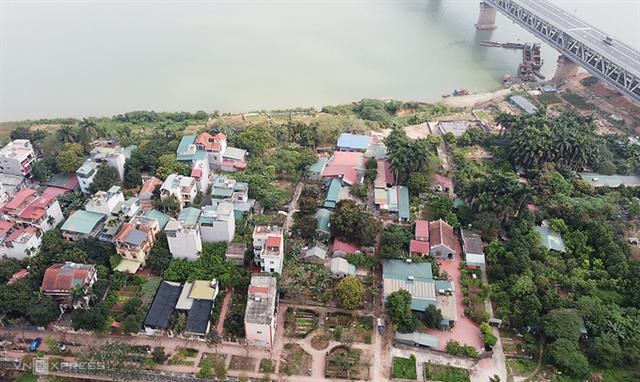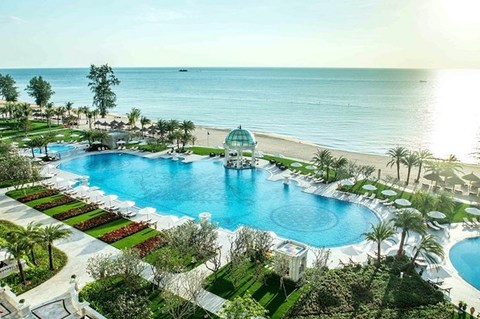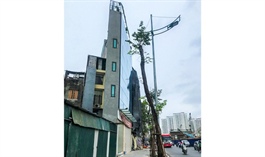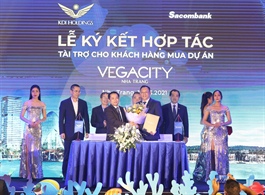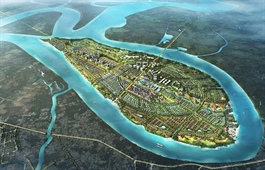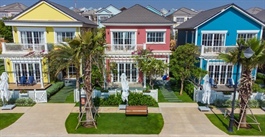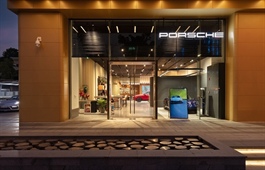Hanoi plans low density constructions on Red River banks
Hanoi plans low density constructions on Red River banks
Hanoi is planning a Red River urbanization project that will demarcate eight riverbank sections for development, six of them with low density constructions.
A residential area along the Red River in Hanoi. Photo by VnExpress/Tat Dinh.
|
The six sections will have a construction rate of 5 to 15 percent while the remaining two will be designated for "open space" developments like parks, squares and other agro-ecological spaces.
Five of the six sections, with a total area of 1,590 hectares, will have a construction density of 5 percent. The sixth section, with an area of 408 hectares, will have a construction density of 15 percent.
The project, scheduled for approval in June, has a total planning area of about 11,000 hectares covering 3,600 hectares of the river and 7,400 hectares of riverbank.
Currently, the riverside area has diverse topography, including unused bare land, farmland and long-standing villages. Such villages have a total area of about 1,190 hectares.
The project plans to build new, modern urban areas, high-quality ecological houses and urban public works serving residents on both sides of the river and the city as a whole. All constructions and other works will be designed to withstand flooding.
While some of the existing residential areas will be preserved, residents will have to relocate, temporarily or permanently, to other areas. A final agreement on relocation has not been reached and concerned agencies are working on it.
The residential areas that will be preserved, covering about 1,165 hectares,will be renovated and expanded by 60 hectares.
The project envisages no change in the currently densely populated areas in flood drainage regions spread across the districts of Bac Tu Liem, Tay Ho, Hoan Kiem and Hai Ba Trung.
Prof. Dr. Nguyen Quoc Thong, Chairman of the Architecture Council, Vietnam Association of Architects, said a welcome feature of the project was that the density of construction on the riverbanks was very low.
"The water and green grass on the riverbanks are not just a landscape feature of Hanoi, but a culturally important one."
He said it was important that more skyscrapers for business are not built. The focus, instead, must be supplementing and completing essential works, thereby improving the quality of life for residents. He said areas outside the project also carried great cultural value that should be further enhanced to become an iconic symbol of the city.
Nguyen Van An, 60, a resident of Dong Ngac Ward in Bac Tu Liem District, said riverbank erosion has been eating up land for some time. Since 2011, the area had been earmarked for building bamboo breakwaters, so people were not allowed to expand the area for construction.
An said he does not want to leave, but is willing to abide by the city’s plans. He hoped that the government will come up with a suitable relocation plan.
The Red River project is part of a city master plan for constructions upto 2030, with vision until 2050.


